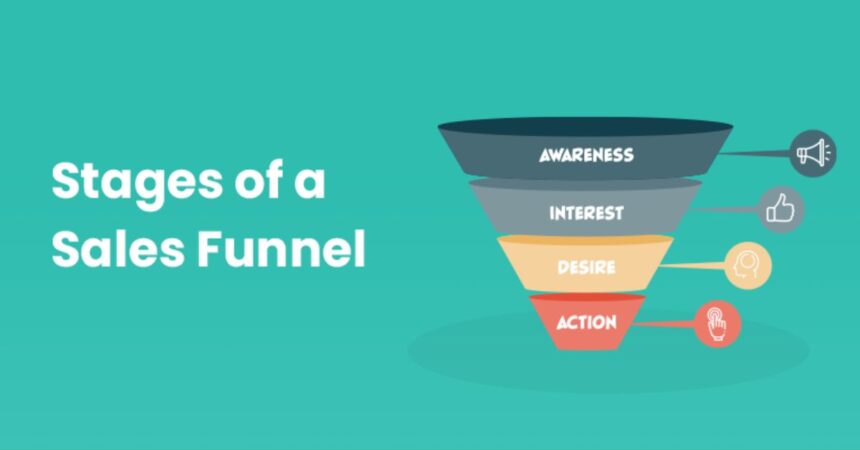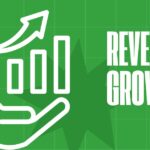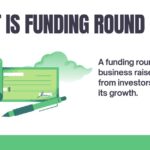The sales funnel is a model that describes the customer journey from initial awareness of a product or service to making a purchase. It is often depicted as a funnel because, as potential customers move through different stages, only a fraction will ultimately convert into paying customers. The funnel includes several stages, such as awareness, interest, consideration, and decision-making.
Key Takeaways
- A sales funnel represents the customer journey from awareness to purchase.
- The funnel is divided into stages like awareness, interest, consideration, and decision.
- Understanding each stage allows businesses to target prospects with tailored strategies.
- Optimizing the sales funnel leads to higher conversion rates and revenue.
Stages of a Sales Funnel
- Awareness: Prospects become aware of your brand or product.
- Example: A person sees an ad for Apple‘s latest iPhone on social media.
- Interest: The prospect expresses interest and seeks more information.
- Example: The person clicks the ad and browses the features and specifications on Apple’s website.
- Consideration: The prospect considers your product among other options.
- Example: The person compares iPhones with other smartphones in terms of features and pricing.
- Decision: The prospect makes the decision to purchase.
- Example: The person buys the iPhone from Apple’s online store.
Benefits of a Sales Funnel
- Targeted Marketing: A sales funnel helps businesses design marketing efforts for each stage.
- Improved Conversion Rates: Understanding the funnel leads to better sales tactics and higher conversion.
- Customer Insights: Analyzing the funnel provides valuable data on customer behavior.
Challenges of Sales Funnel Management
- Leaky Funnel: Some prospects drop off at each stage, reducing conversion rates.
- Long Sales Cycles: The longer the sales cycle, the more difficult it is to manage and convert leads.
- Overcoming Objections: Overcoming customer objections at each stage is critical for conversions.
Example of Sales Funnel Success
HubSpot is an excellent example. Their inbound marketing strategy drives prospects through each stage of the funnel by offering valuable content, free tools, and personalized calls to action.





